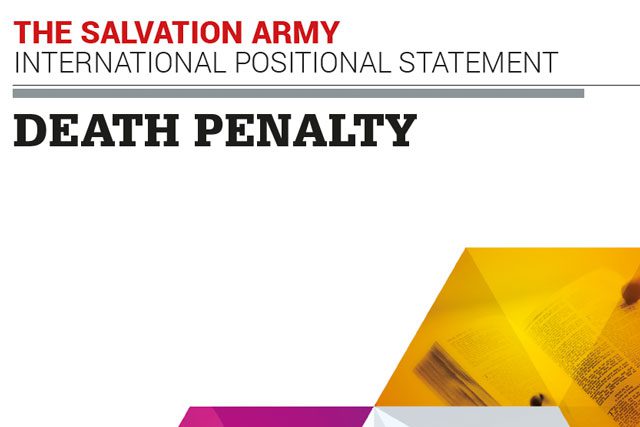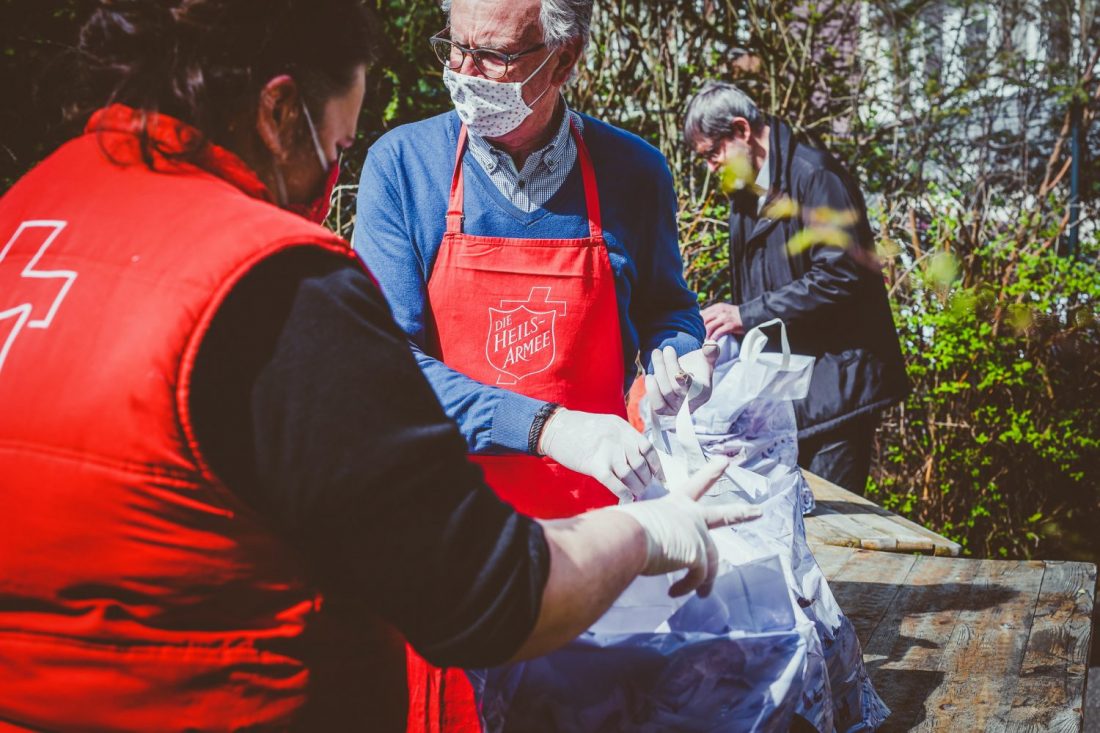SAWSO project will benefit over 100,000 people.
Children in Zambia will benefit from the new SAWSO project. |
The Salvation Army World Service Office (SAWSO) is implementing the Chikankata Child Survival Project in Zambia in partnership with The Salvation Army Chikankata Health Services with funding from the United States Agency for International Development. The project will benefit almost 125,000 people in two districts in Zambia’s Southern Province, which is a rural area with limited infrastructure and extreme poverty. The program goal is to reduce maternal and under-five mortality among about 72,000 direct beneficiaries, including children who will be born during the five-year project cycle.
The project will use innovative community-based strategies to address factors contributing to the high maternal and under-five mortality. Interventions include malaria (40 percent effort), immunization (10 percent), nutrition (30 percent), and maternal and newborn care (20 percent). Key strategies will include the Care Group Model, the Hearth Nutritional Rehabilitation Model, Care and Prevention Teams, and men’s groups. Care Groups include volunteer mothers from within the community who work with their immediate neighbors to improve household behaviors. This model allows families to learn about healthy behaviors and discuss barriers and benefits with a trusted, respected community member and achieves 100 percent coverage of all households. The Hearth Model uses local, affordable resources and positive feeding practices (behaviors and foods) from community members with well-nourished children to develop home feeding sessions in which mothers rehabilitate their malnourished children and learn to prevent future malnutrition. Care and Prevention Teams at the community level provide leadership, model service, facilitate community action, and promote social changes to achieve better health. The Salvation Army has used these teams in the past to change deeply ingrained cultural practices that were contributing to the spread of HIV. Men’s groups will reach the primary decision-makers who control resources to mobilize them to contribute to better health of women and children.
With these activities, the project expects to achieve the following results: improved malaria prevention and treatment practices; increased immunization coverage in children; improved nutritional status of children and pregnant women; and improved maternal and newborn care practices.
For more information or to support this project, visit the SAWSO website, www.sawso.org.











